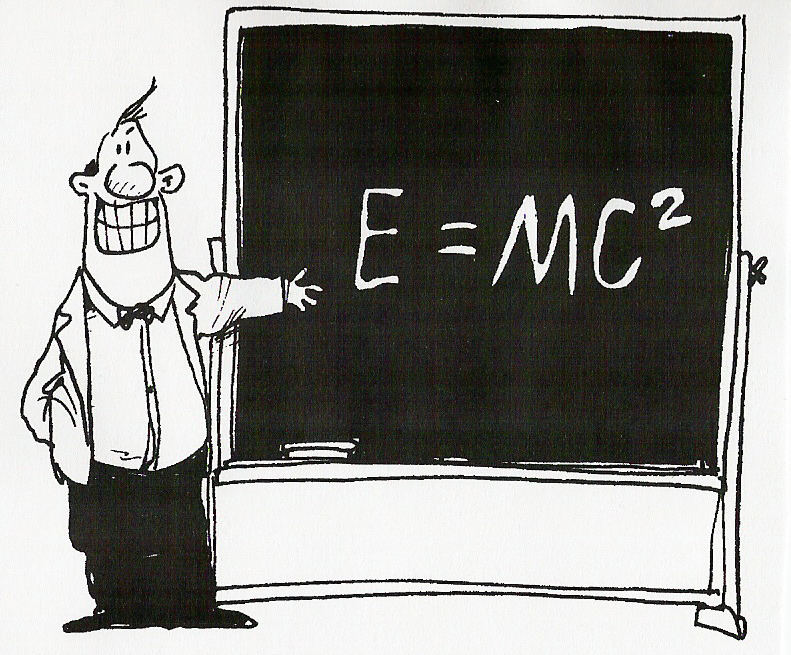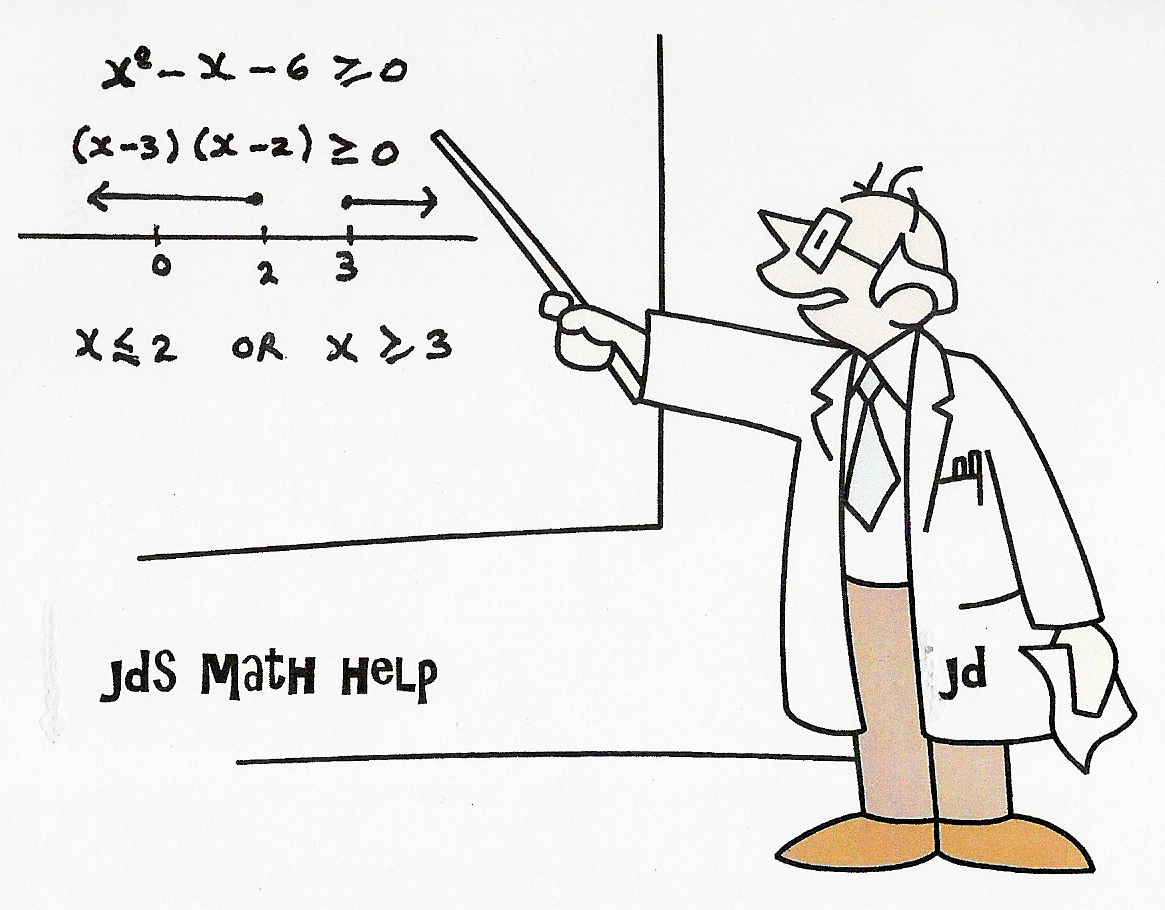|
|
|
|
|
||||||||
|
|
||||||||||||

UNIT
10 :
SEQUENCES AND SERIES
LESSON 3:
ARITHMETIC SERIES
Arithmetic
Series:
Recall a sequence such as –2, 3, 8, 13, …
is called an Arithmetic Sequence.
These sequences have the following properties.
·
Terms
are denoted as t1 , t2 , t3 , referring
to term1, term 2,
term 3 …
·
The difference between successive terms is constant. ie t2
– t1 = t3 – t2 = t4 – t3
etc
·
This
difference is called the common
difference and denoted
using the letter d. Here d
= 5.
·
The
first term is denoted using the letter a. Here a = -2.
·
Successive
terms are found by adding the common difference, d, to the preceding
term. Hence t5 = 13 +
5 = 18 etc.
·
The
formula for the general term or nth term is tn = a + (n
– 1)d

Definition: The sum of the terms of an
arithmetic sequence is an Arithmetic Series.


Example 1: Given the first
few terms.
For the
arithmetic series below, above, find t11,
the general term tn and the sum of 40 terms S40.
![]()
Solution:
a = 1 d = 3 n = 11 tn = ? S40 = ?

Example 2: Given the first
and last terms.
![]()
a = - 3 d = - 4 tn = - 219 n = ? Sn = ?
Solution:

Example 3: Given two terms.
The
fourth and seventh terms of an arithmetic series are 8 and 17
respectively. Find a, d and S26.
Solution:




